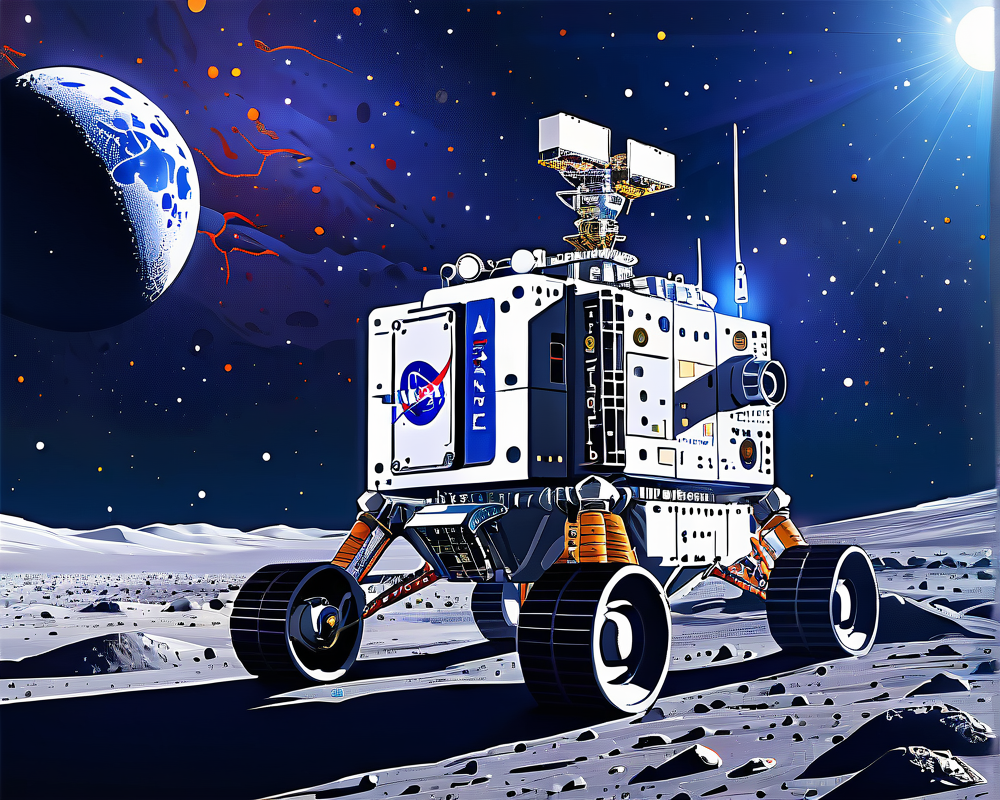The Sky’s the Limit: Lunar Ambitions
Recently, the excitement surrounding NASA’s Artemis program has been palpable, with many eager to see astronauts once again walk on the Moon. Set to launch Artemis 2 in November 2024, this mission will be a critical step in paving the way for Artemis 3, where the plan is to land humans on the lunar surface once again. But wait, there’s a twist: Blockchain technology is taking center stage in verifying our lunar history!
A Data-Driven Moonshot
Now, you might be wondering how data cubes make their way to the Moon, and the answer is surprisingly sensible! NASA and a computing startup, Lonestar, are teaming up with the Isle of Man to send these futuristic boxes of data to the Moon in February 2024. Sadly, a loved source has been rescinded due to inaccuracies, but let’s not rain on this parade! These data cubes are said to be secured with blockchain technology, ensuring the data is as tamper-proof as grandma’s secret cookie recipe.
What Could Go Wrong? Everything!
The plan, as pie-in-the-sky as it sounds, aims for blockchain technology to confirm that humans have indeed made it to the Moon. While the future seems bright, the bright lights of publicity may not always shine on truthful claims. It’s a fine line NASA has to walk as the conspiracy theorists are waiting in the wings, chomping at the bit to say, “Aha!” and throw shade on the lunar legends.
Suit Up, Astronauts!
The Artemis II crew has been busy! Recently, they successfully conducted a launch day demonstration. They donned their space suits and strutted down to Launch Complex 39B like they owned the place. One could only imagine how those suits would fare against the ice cream and pizza cravings pre-launch from the lunar food truck!
The Conspiracy Dilemma
Even if blockchain could kick conspiracy theories to the curb, the chance of prevention seems slim. According to interviews (now long gone in the internet ether), the head honcho of innovation at Digital Isle of Man felt that convincing skeptics about Apollo’s golden history from 1969 to 1972 was tougher than convincing toddlers not to eat crayons. Here’s hoping the blockchain can help ease some of those lingering thoughts come future moon landings!
Future Visions: Keeping Data Safe and Sound
While its challenges are numerous, the high-flying collaboration between Lonestar and the Isle of Man intends to initiate long-term lunar data storage via solar power. In theory, these efforts may pave the way for astronauts to not just land, but also interact with the Moon through the very cubes they leave behind. It’s like leaving a digital treasure chest for future generations!




